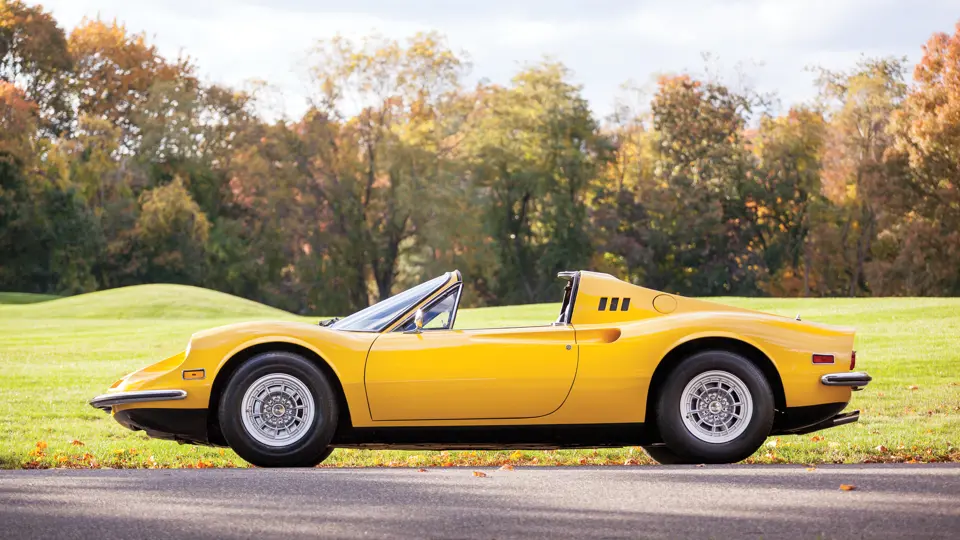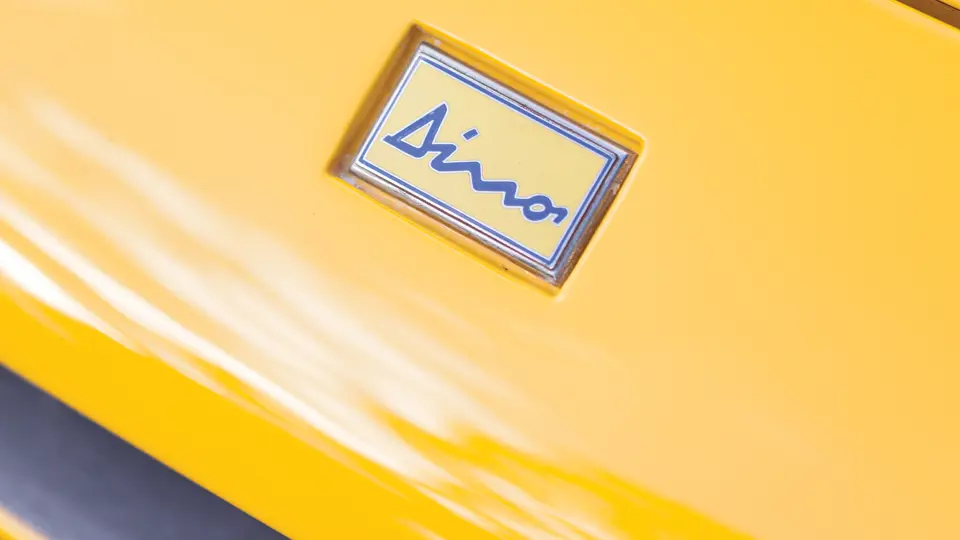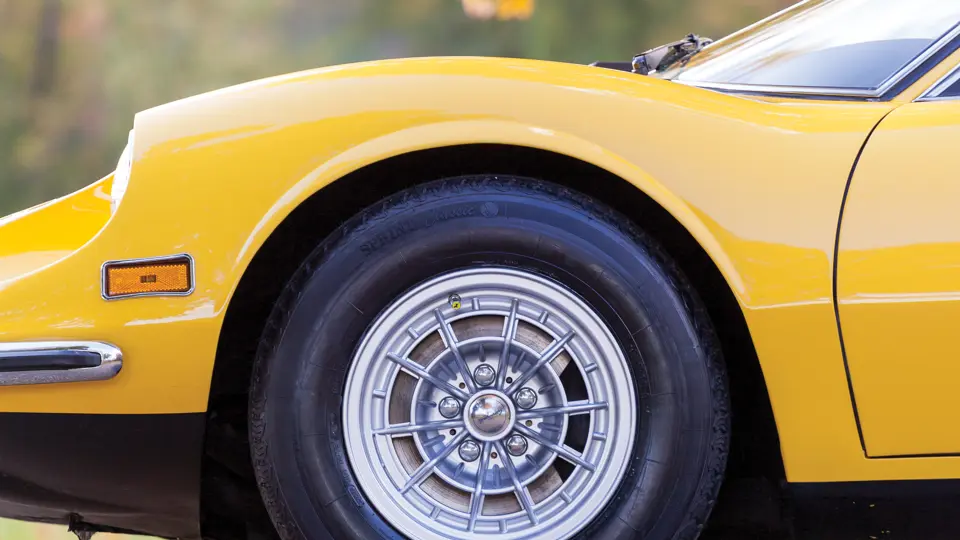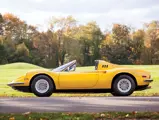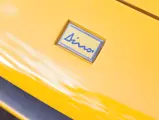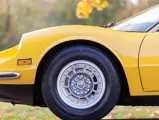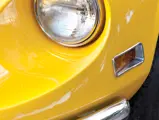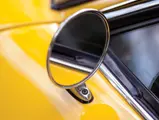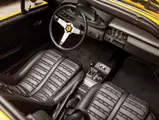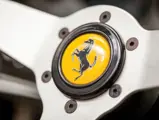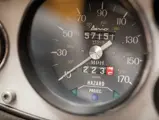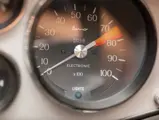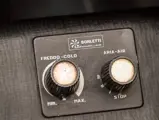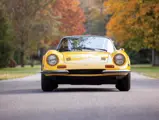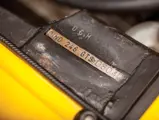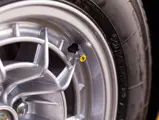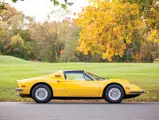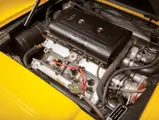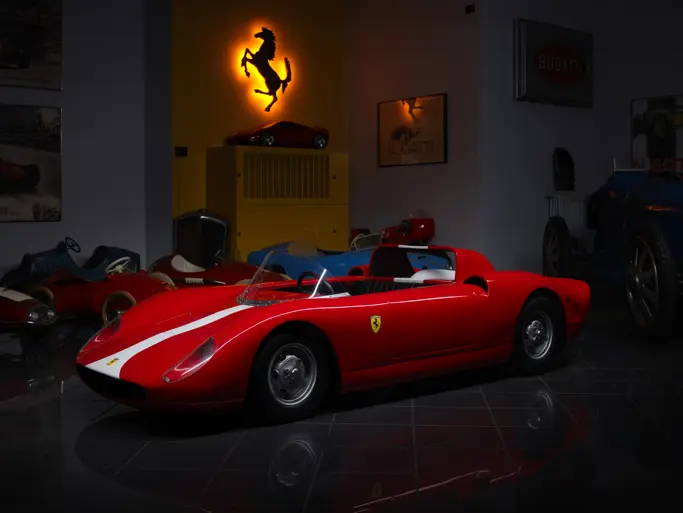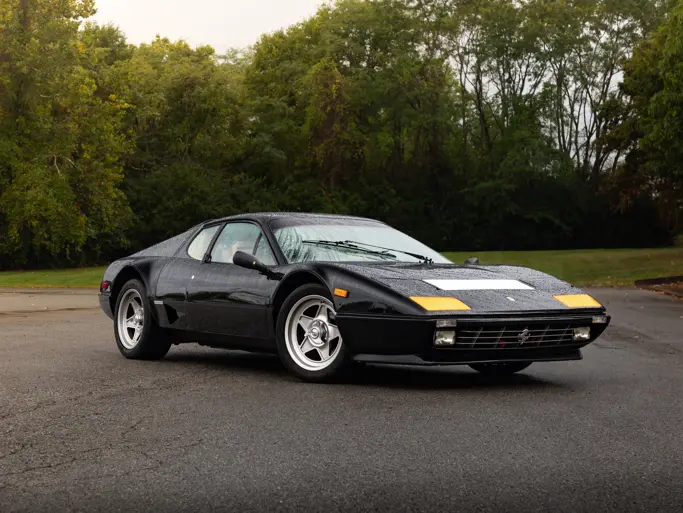
1974 Ferrari Dino 246 GTS by Scaglietti
{{lr.item.text}}
$385,000 USD | Sold
{{bidding.lot.reserveStatusFormatted}}
- Original air condition and power windows
- Matching-numbers engine
- Long history in the dry Southwest region
- Beautifully maintained and cosmetically restored
- Enjoyable open-top configuration of the classic Dino
- Final series of the vintage Dino GT evolution
195 hp, 2,418 cc DOHC V-6 engine with three Weber 40 DCN F/7 carburetors, five-speed manual transaxle, front and rear unequal length A-arm suspension with coil springs and anti-roll bars, and four-wheel disc brakes. Wheelbase: 92.1 in.
In 1971, Ferrari updated the popular Dino 246 GT for a final series of production that was internally dubbed the E-series. Following the L- and M-series before it, the E-series cars were an extension of the development that began with the production Dino’s origins of the 206 GT of 1967.
The 206 GT itself had been based on a spectacular styling exercise shown at the 1965 Paris Auto Show, called the 206 S Speciale, which was conceived as a possible road going version of the successful Dino 206 S prototype race cars. A manufacturing deal with Fiat paved the way for V-6 engine production, and Scaglietti assembled the new GT with a body based on Pininfarina’s show car design. The new car received a discreet set of even chassis numbers and was badged the Dino in honor of Enzo Ferrari’s late son. It was Maranello’s first mid/rear-engine production car, and it would prove to be a successful “entry level” Ferrari, one that was also inspired by the fearsome yet similarly configured 250 LM competition car.
The succeeding 246 GT began life in 1969 with the L-series, which introduced a newly enlarged 2.4-liter version of the race-bred Dino V-6 motor. The M-series examples that appeared in 1970 evidenced numerous subtle body and interior changes, and by the time the final E-series emerged in 1971, the model had evolved further still. This may have been particularly evident in the GTS convertibles introduced a year later.
Removing the roof breathed new life into Pininfarina’s expressive Dino GT design, which was once again brilliantly brought to reality by Scaglietti. These GTS spiders featured a restyled C-pillar, with vented sail panels replacing the former three-quarter glass pane. Perhaps the handsomest of all the Dino designs was the 246 GTS, and it was certainly the most fun to drive. With the transverse V-6 just behind the driver’s head and the roof panel removed for open-air motoring, the car provided a chorus of sonic delights with each stomp of the right pedal. The E-series cars also featured the most technologically advanced and highly tuned of the early Dino GT platforms, the 607E chassis, which even further distinguished the cars as superior performing variants.
This handsome late-production Dino is one of just 1,274 examples of the removable-top GTS produced in conjunction with the final E-series of cars built between 1972 and 1974. It was completed by the factory in April 1974 and then exported to the United States, where it was distributed to Modern Classic Motors, the well-known West Coast outlet based in Reno, Nevada, which was owned by casino mogul and collector extraordinaire William Harrah. Along with being outfitted from new in U.S. specifications, this Ferrari was also originally finished in Argento Metallizzato (silver metallic) paint and trimmed with a black interior. Also from new, it was desirably equipped with air conditioning and power windows, along with the handsome standard Cromodora wheels. By 1988, the car was known to be owned by Gary Lachasse, of Glendale, California. A few years later, it was purchased by an owner based in Mexico City and then passed to another resident of the Mexican capital, Mr. Gonzalo Prida.
Around 2006, the Dino returned to the United States and was later treated to a program that included a comprehensive cosmetic restoration and a full assessment and service of its mechanical systems, refurbishing components where necessary for reliability and excellent driving dynamics. The classic Ferrari color of Giallo Fly (fly yellow) was chosen for the brilliant new exterior paint, while the interior was reupholstered with black leather and matching carpets. A handful of minor alterations were undertaken to make the car more closely resemble the rare “Chairs and Flares” Dinos, such as upgrading the interior with Daytona-style seats and adding wider (7.5–inch wide) Campagnolo alloy wheels. Additionally, this GTS includes its jack, spare wheel, lug wrench, and owner’s manual.
In support of this 246 GTS’ claim of a long life in the forgiving environment of the Southwest, where it is believed to have never been exposed to inclement weather or a moist environment, it presents well cosmetically and exhibits strong overall quality and smooth reliable operation of all of its mechanical components and systems. Today, it presents as a strongly authentic, strikingly attractive, well-maintained, and recently serviced example that retains its original matching-numbers engine. It has been beautifully detailed, complementing the high standard of the overall package.
This expertly prepared 246 GTS, which displays approximately 57,151 miles, features the most mechanically advanced Dino platform and offers long-term collectability in a segment that has enjoyed unprecedented growth in both interest and value over the last few years.




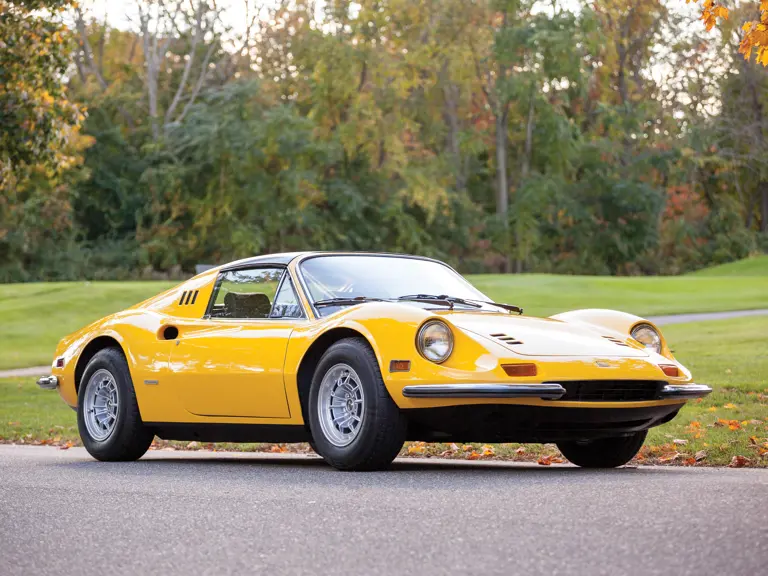
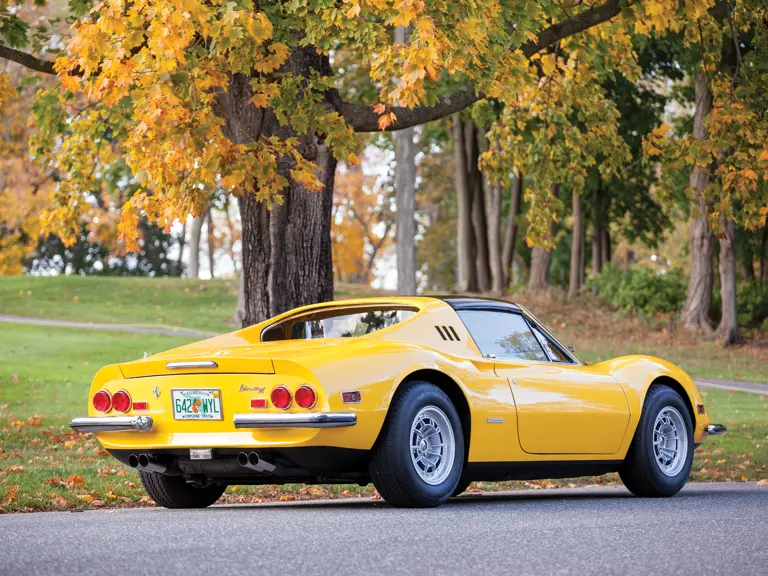
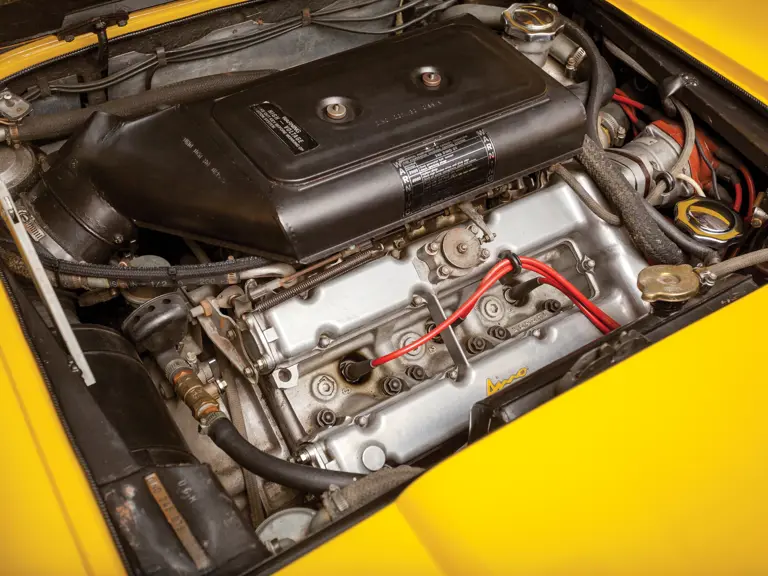

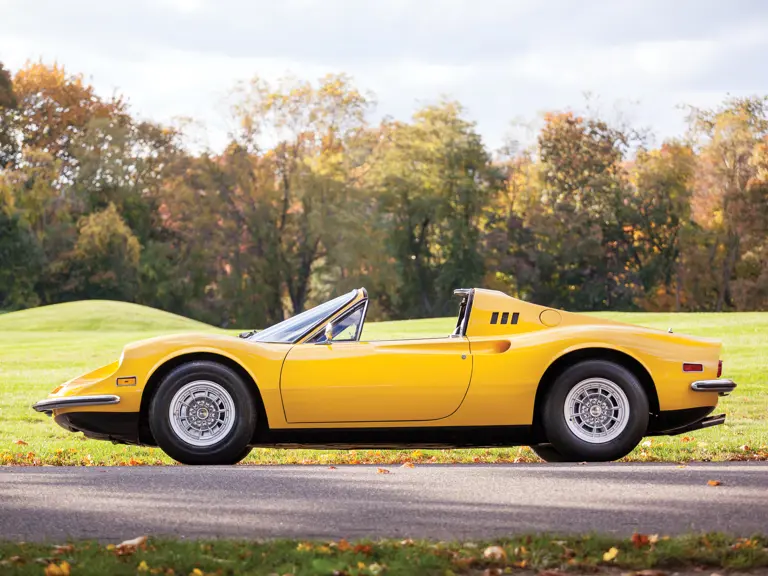
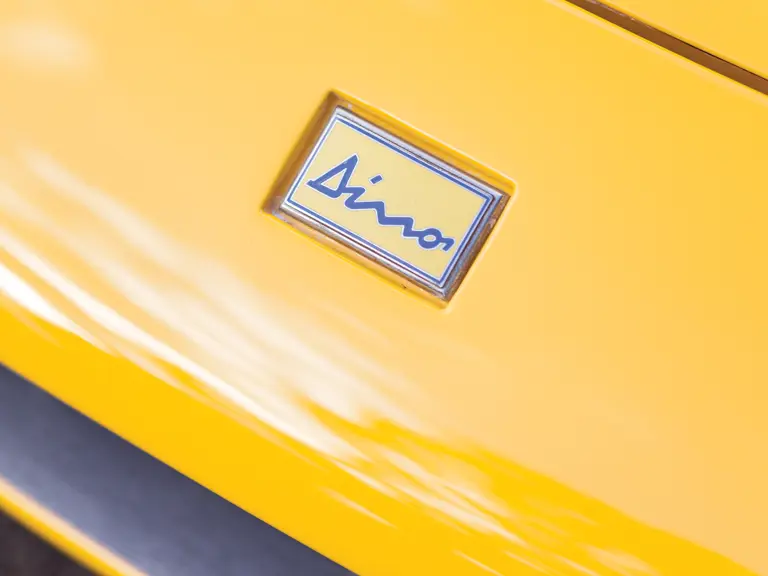
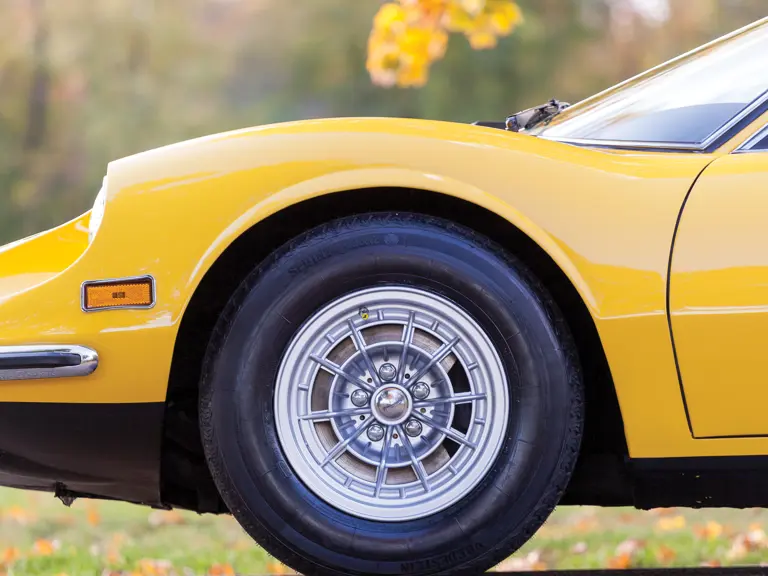
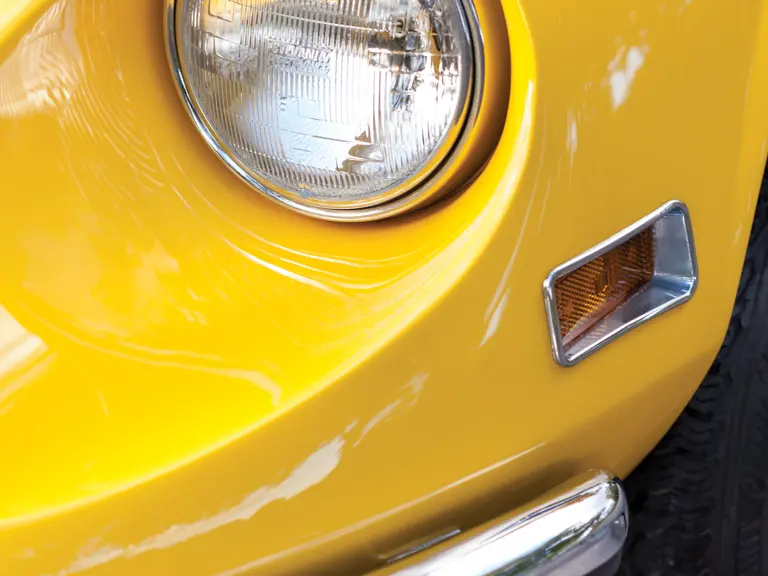

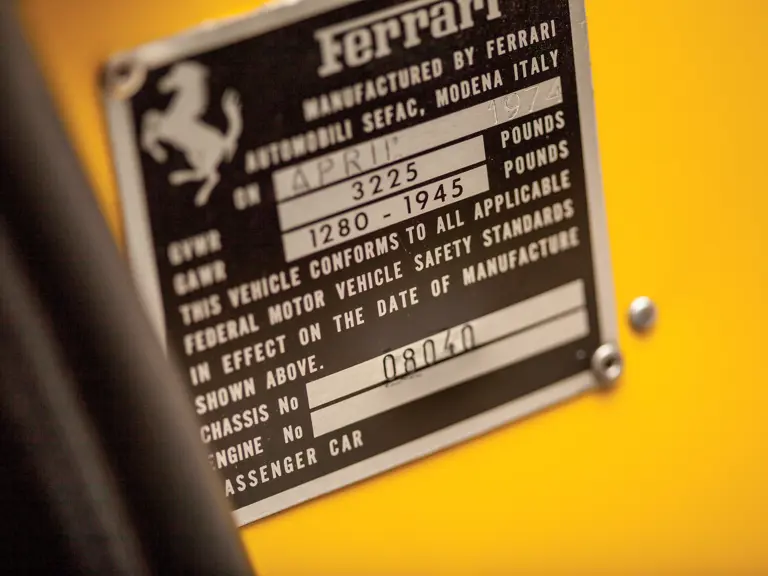
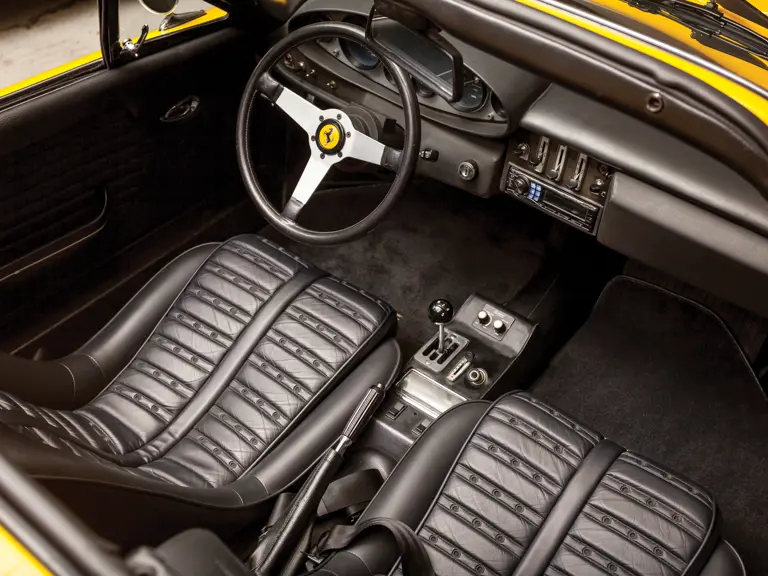
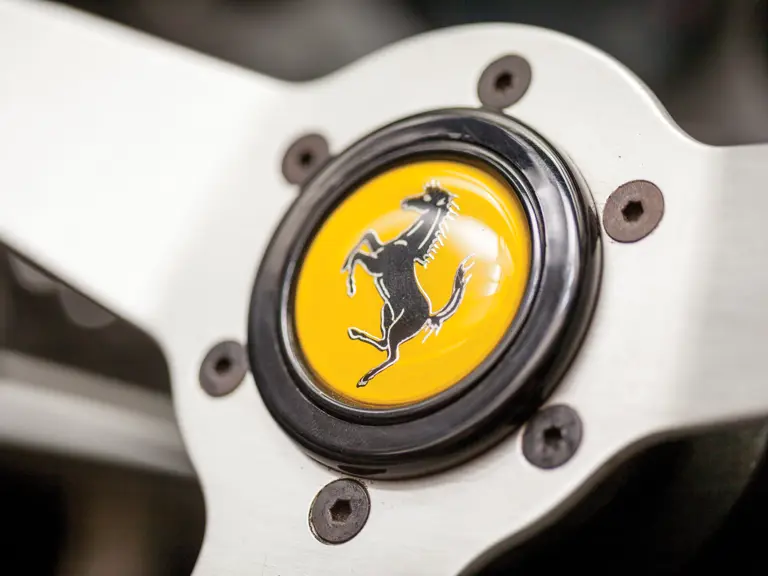
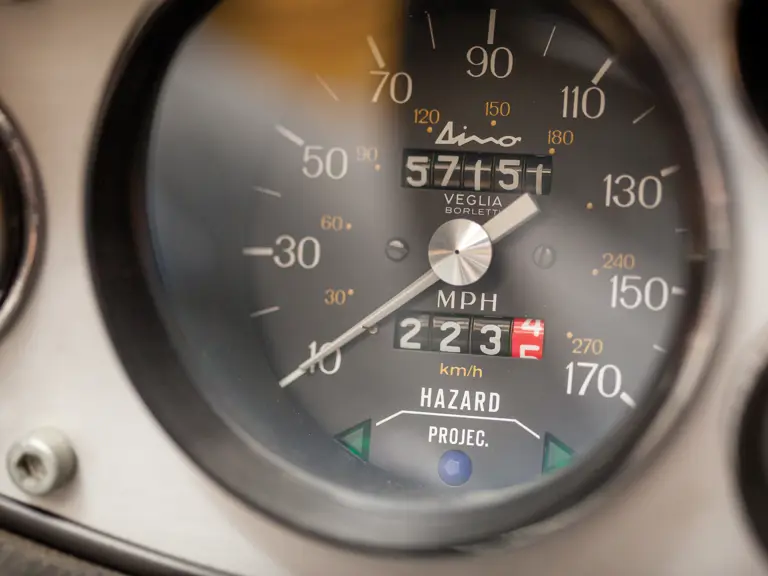
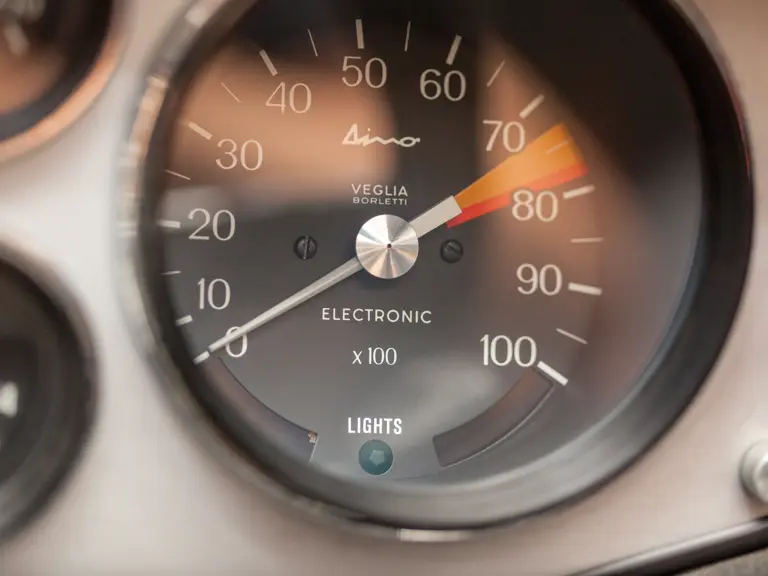

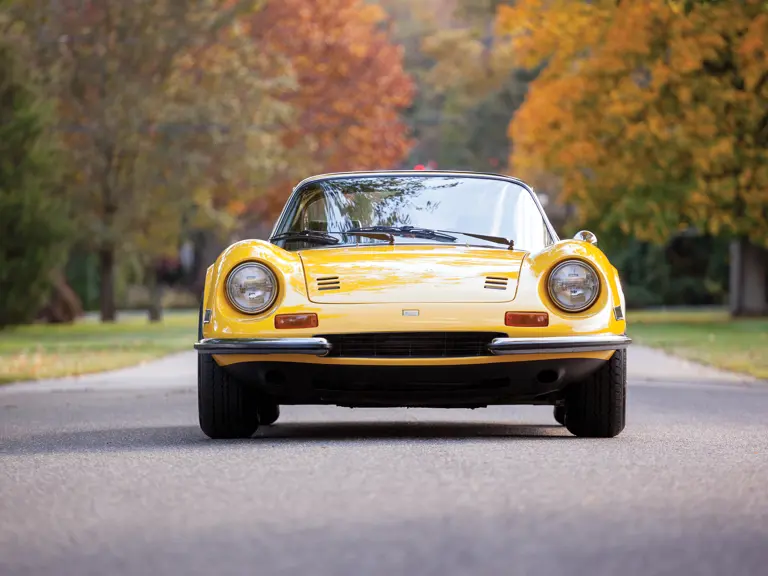
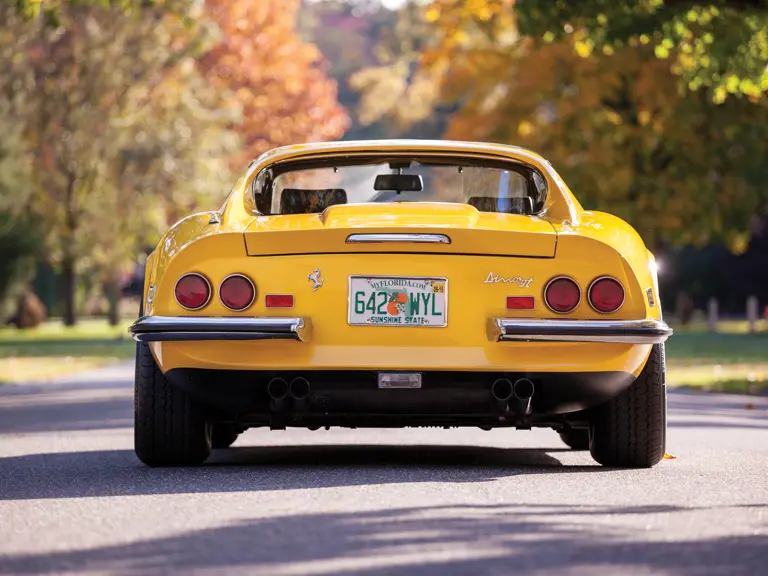
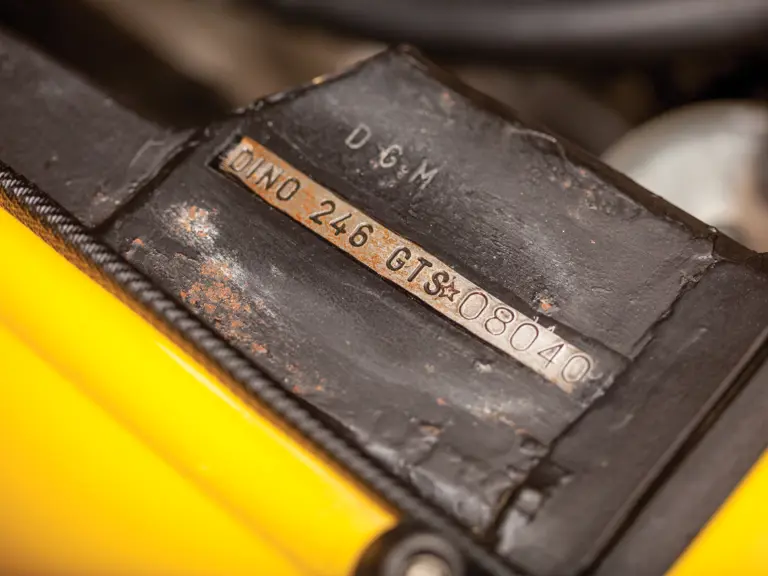
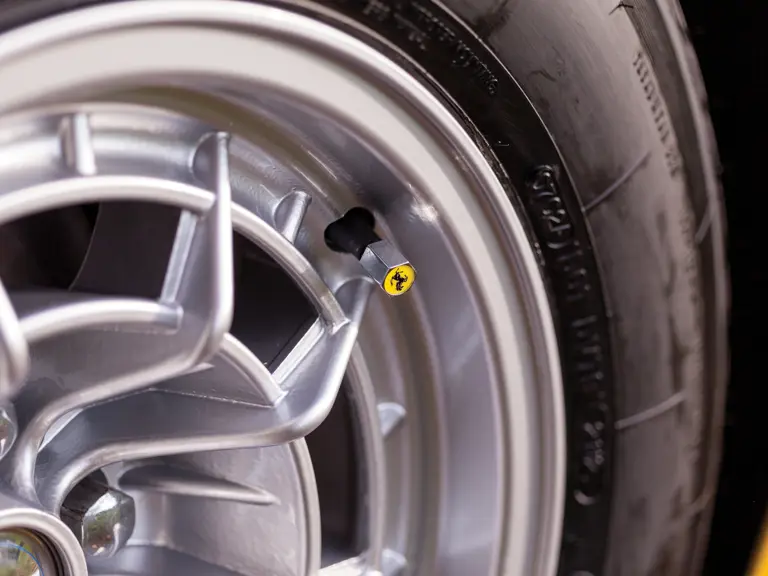
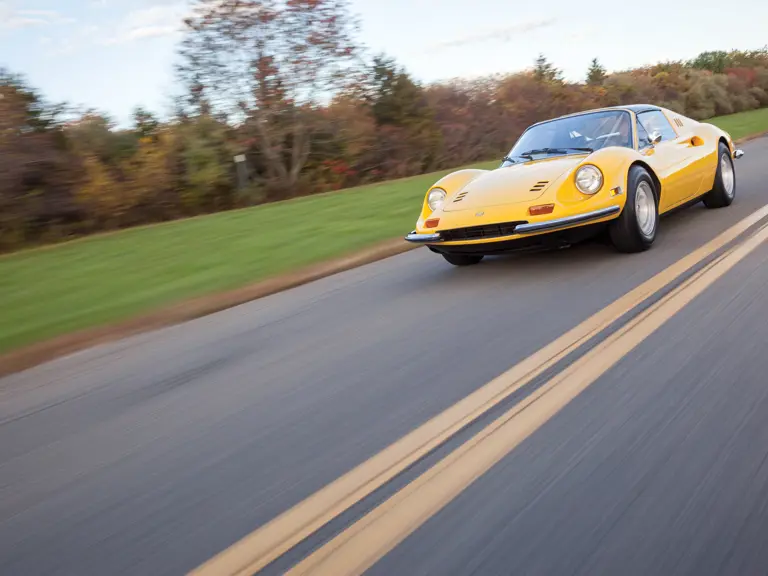
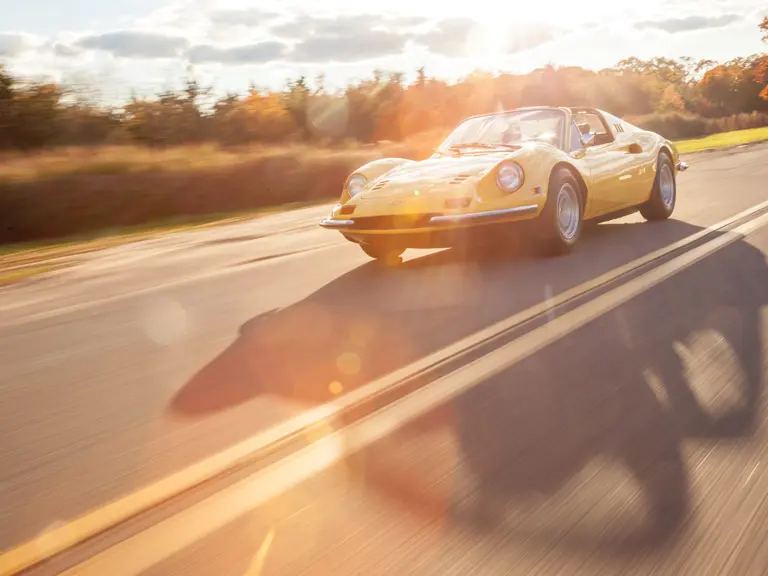
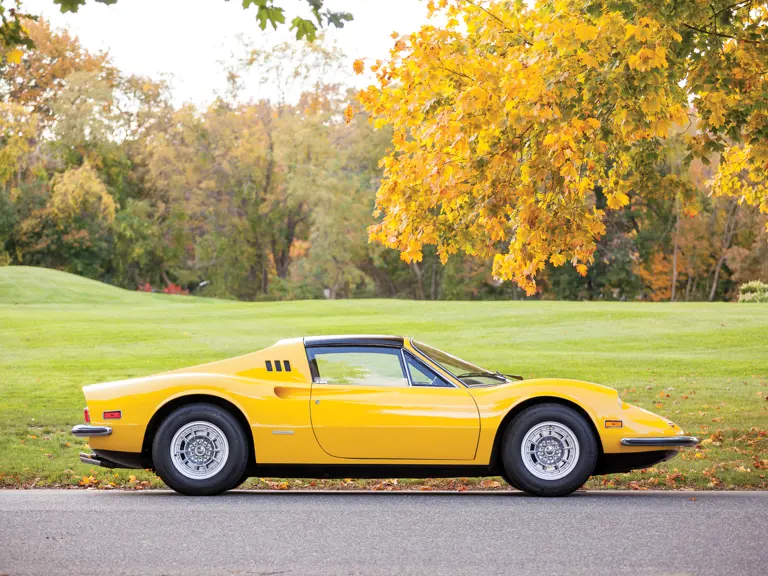
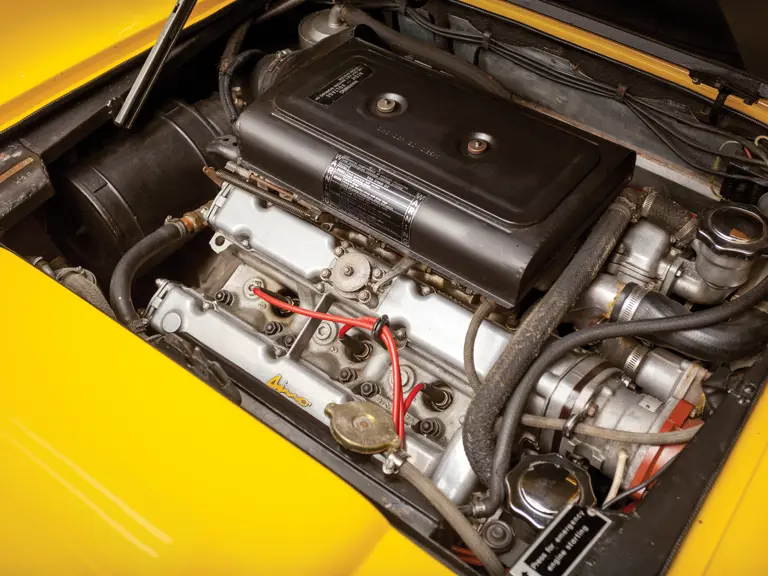
 | Phoenix, Arizona
| Phoenix, Arizona
